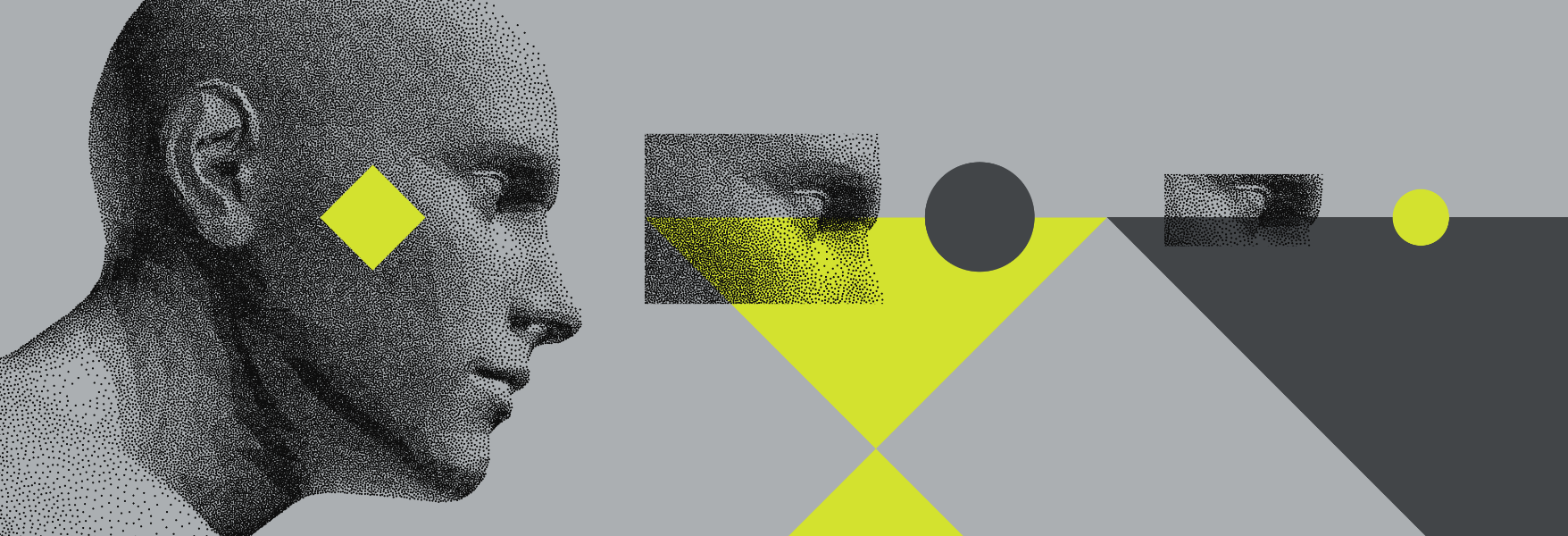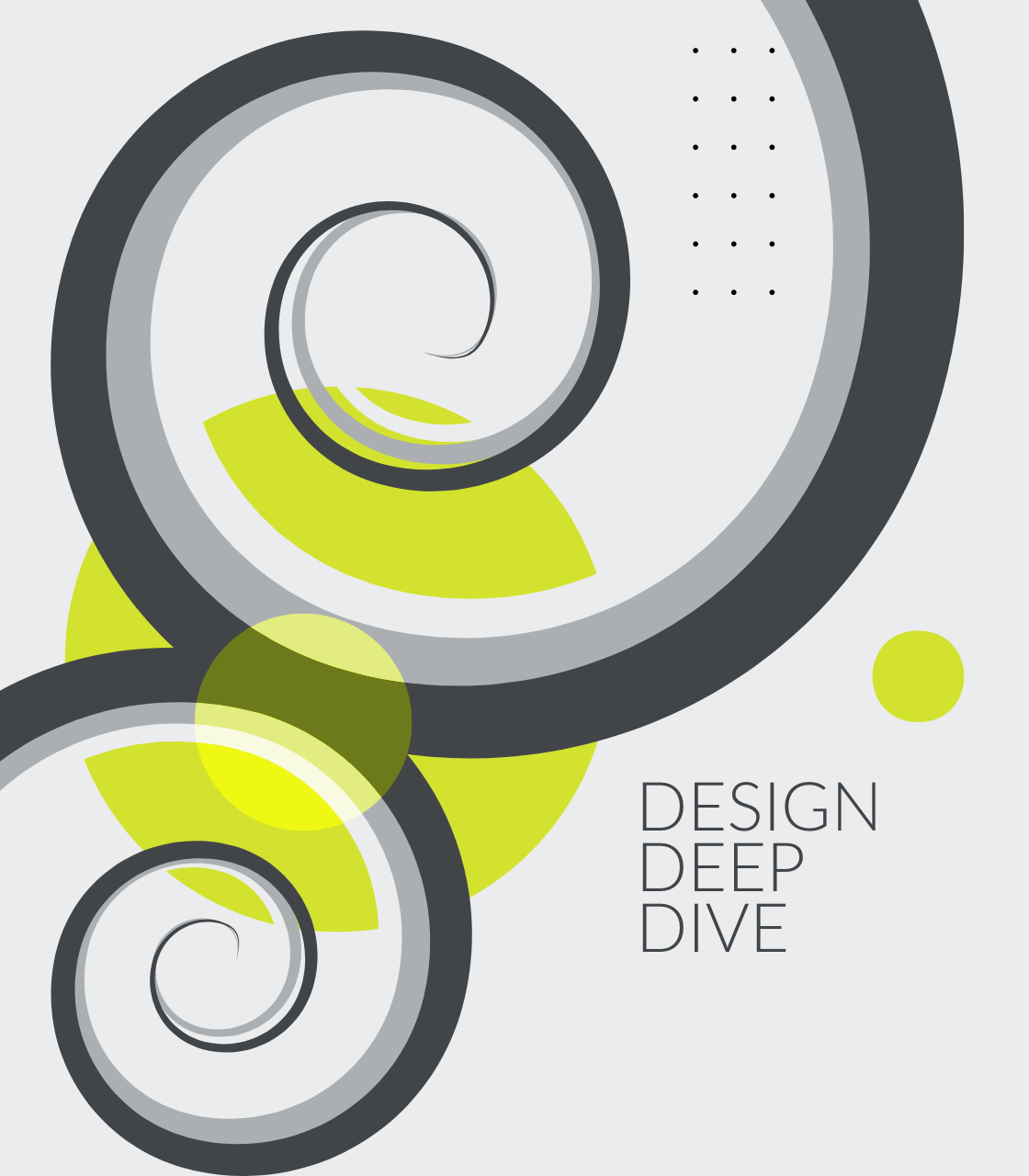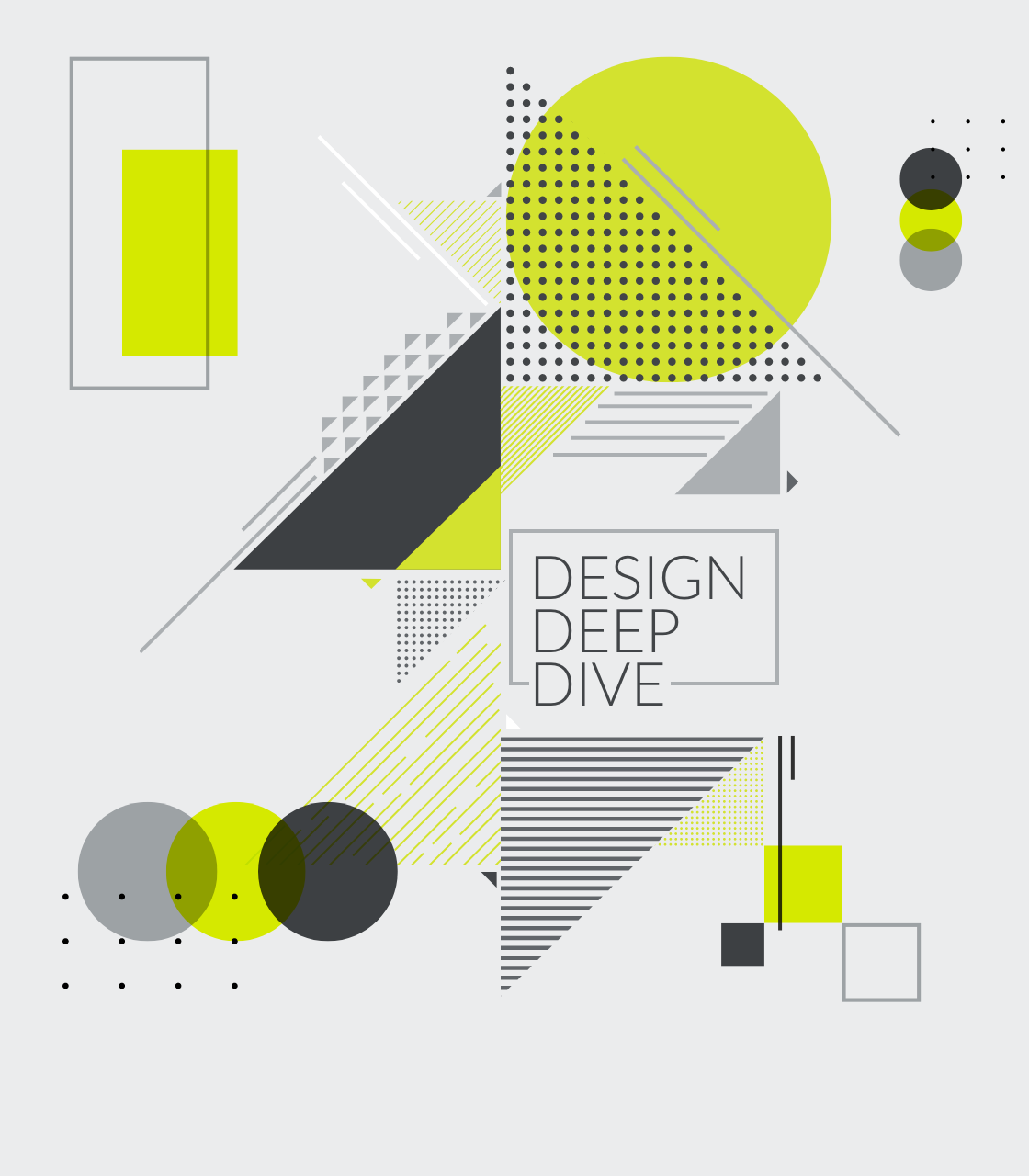
Buzz / 03 14, 2023
INVISIBLE INTERFACES: THE FUTURE OF USER INTERFACE DESIGN
As a digital product designer, I am always thinking about how user interfaces will evolve in the future. In the next decade, I predict that we will see a shift towards “invisible” UI, or user interfaces, that are so intuitive and seamless that they are virtually imperceptible to the user. Along with this, accessibility will play a more important role in the design of digital interfaces.
Artificial Intelligence & Machine Learning in Digital Product Design
One of the biggest drivers of this shift towards invisible UI will be the increasing use of artificial intelligence (AI) and machine learning (ML) in digital products. As these technologies become more advanced and sophisticated, we will see more and more applications that can understand and respond to natural language input.
This will enable interfaces that can understand the user’s intent and provide the information or functionality they need without the user having to navigate through multiple screens or menus. AI and ML can also help to make digital interfaces more accessible for people with disabilities. For example, AI-powered voice assistants can help people with visual impairments to interact with digital products, and ML-powered text-to-speech can assist people with reading difficulties.
Virtual Reality & Augmented Reality in Digital Product Design
Another trend that will contribute to the development of invisible UI is the growing popularity of virtual reality and augmented reality (VR and AR) in digital products. As VR and AR technology becomes more advanced, we will see more applications that allow users to immerse themselves in digital environments and interact with virtual objects in a natural and intuitive way.
In these virtual environments, the interface becomes transparent, and the user can focus on the task or experience at hand, rather than the interface itself; however, accessibility still needs to be considered in VR and AR interfaces, as not all users may be able to use these technologies. Designers will need to ensure that these interfaces can be used by everyone, regardless of their abilities.

Voice-enabled interfaces and smart speakers continue to gain popularity, and the use of voice commands to interact with digital products will become increasingly common. With the help of AI, we will see more and more devices, cars and home appliances that can be controlled using voice commands.
AI will make it easier for users to perform tasks and access information without having to navigate through multiple screens or menus. This will be beneficial for people with disabilities as it can make using digital products more accessible.
The Importance of Simplicity in User Interface Design
In addition to these technological changes, I also believe that we will see a shift towards minimalism and simplicity in digital user interfaces. With the growing number of digital devices and applications that we use every day, users are becoming overwhelmed by the complexity and clutter of modern interfaces. As designers, we will need to learn how to create interfaces that are easy to use and understand with minimal clutter and distractions, which will also help to make digital interfaces more accessible for everyone.
Another important aspect is the use of conversational interfaces such as chatbots, voice assistants and virtual agents, which are becoming more and more popular. These interfaces allow users to interact with digital products in a more natural way, by using natural language, and will play a key role in the development of invisible UI.
The next decade will bring significant changes to digital user interfaces. With the help of AI and other technologies, we will see a shift toward interfaces that are more personalized, intuitive, and immersive. The interfaces will become more “invisible” as they will adapt to the user’s needs and preferences, allowing them to focus on the task or experience at hand. As designers, we will need to learn how to design interfaces that take advantage of these new technologies and create new ways for users to engage with digital products.



